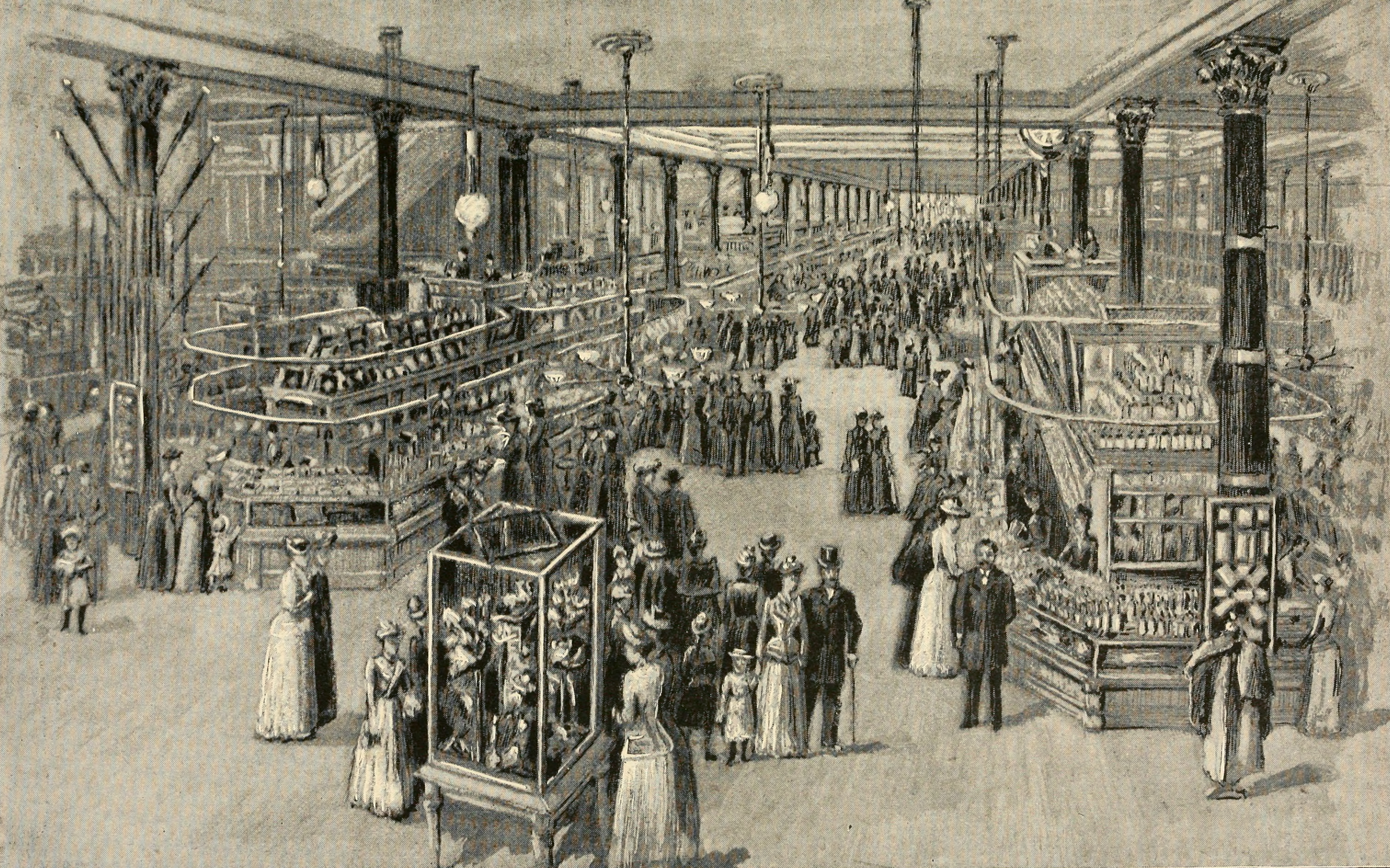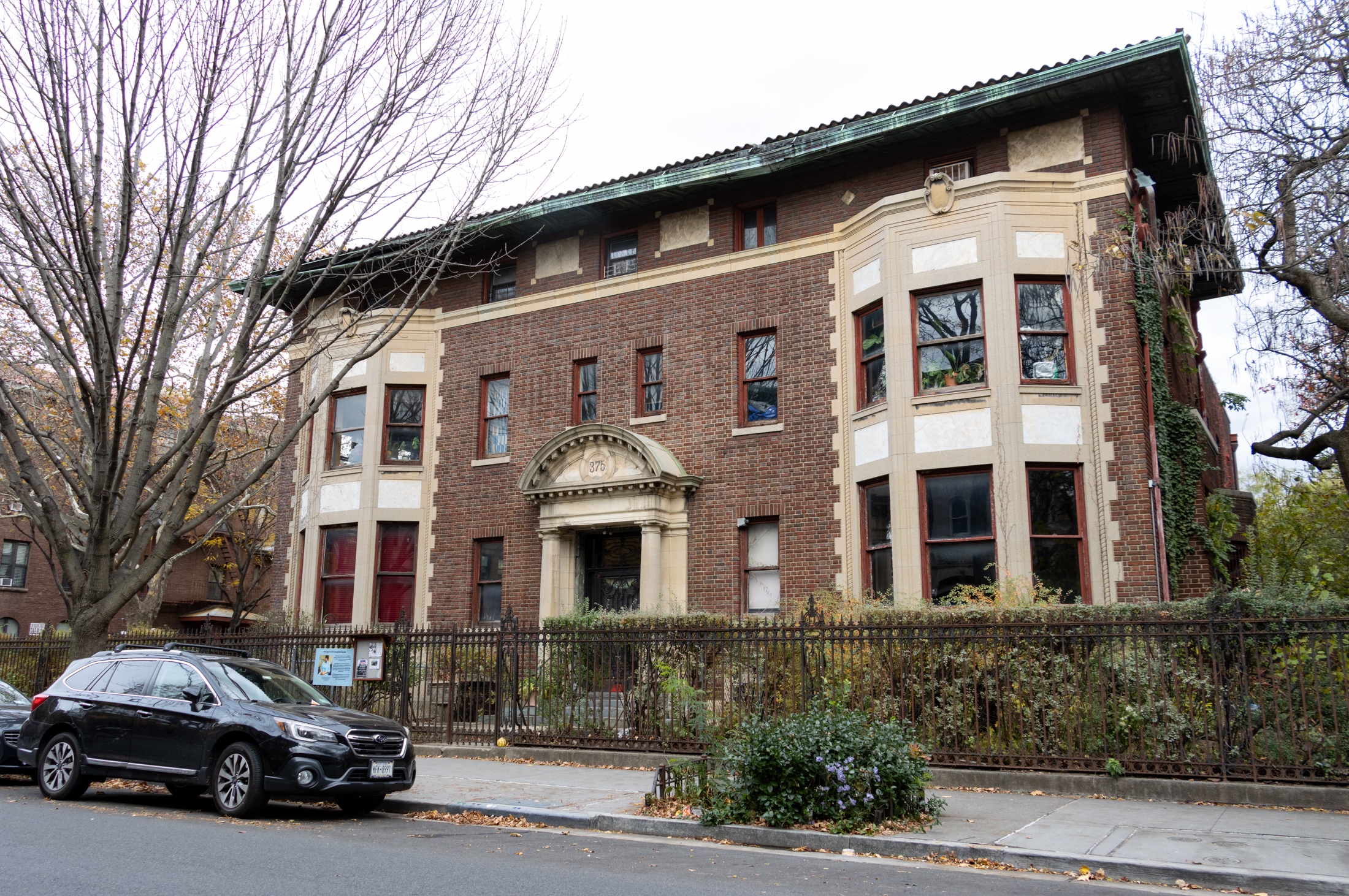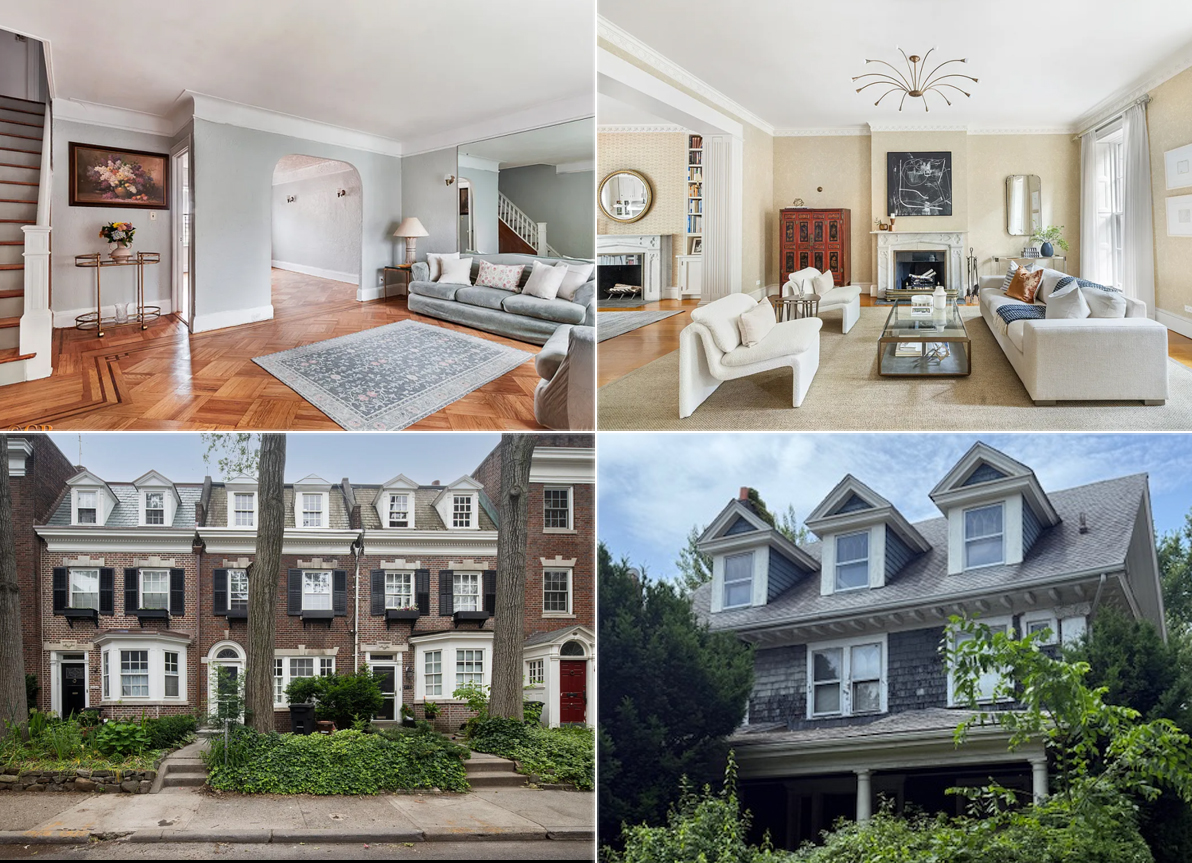Townhouse Insurance: Bending Over for the Soap
Since we purchased our brownstone three years ago, our insurance provider, Chubb, has roughly doubled the annual premium from about $6,000 to a whopping $12,000 on the renewal forms we recently received. Some of this may be attributed to the fact that we actually filed a claim for about $15,000 back in 2006 when we…


Since we purchased our brownstone three years ago, our insurance provider, Chubb, has roughly doubled the annual premium from about $6,000 to a whopping $12,000 on the renewal forms we recently received. Some of this may be attributed to the fact that we actually filed a claim for about $15,000 back in 2006 when we had some flooding that resulted from a collapsed waste line. Mostly, though, it’s because they insist that the replacement value of our house is about $2.8 million, a good 50 percent more than its market value. (In contrast, a friend who own a brownstone in Brooklyn Heights that must be worth north of $5 million just got a bill for $14,000 from Chubb.) In Chubb’s defense, they were an absolute pleasure to deal with when the shit hit the fan (quite literally, in our case). That said, this is some serious dough. We recently checked in with the Brownstone Agency and got a quote that was a little over $4,000 a year for the next three years. We were able to choose how much we wanted to insure the house for, so the quote is based on $2 million. It would be interesting to hear what people’s experiences have been when they’ve had to place claims with both companies. Also, any other carriers we should check out?





I would give Travelers a call. They require that the house be insured at it’s replacement and not market value. And the premiums are competitive with other companies.
I received a very reasonable quote from Hub International, who is the agent for New Hampshire Insurance Company, which ultimately rolls up to AIG.
OK, if you’re still with me, my question is this – has anyone ever worked with or had to file a claim with Hub? Their quote was within 5-10% of Brownstone Agency and they were willing to do a 5 unit building. Given the negative feedback on BA, I’m inclined to go with Hub, but thought I’d ask first.
For comparison, the quote was ~$5,000/yr for $1.6m replacement value (with like kind materials) with a $2,500 deductible. The townhome (in Manhattan) is ~6,400 sq ft and is at least 100 yrs old. The quote also includes rental loss coverage, but does not include interior belongings (clothes, jewelry, etc. as its written as a commercial policy).
Hi Boerum Blogger:
The recommendations from This Old House Journal were for carriers that write house policies with provisions that cover the ins and outs of repairing an old home, with like kind and quality of materials per Guest 1:17’s post. My memory of the OHJ article (more like a blurb) was not of pros and cons of the companies’ claims records, but a statement that those carriers actively underwrite old and historic homes and aren’t going to run away screaming when you say your house was built in 1880.
If you have a claim, you would call Brownstone Agency and deal with their claims department. As agent, they are supposed to filter out excluded claims and pass on legitimate claims to the company for payment. My experience was that legitimate claims which should have been covered were fought tooth and nail at the agency level, not just the amount of payment but whether the claim would be covered at all.
Dear Zeebee in Brooklyn, a quick question: We just purchased a policy through the brownstone agency…gulp – after being quoted through the roof by Chubb (similar story to Mr. B’s). Your comments (and others here) had me about ready to run out and change policies, but then I remembered that our policy is underwritten by the New Hampshire Insurance Co, which is part of AIG. You mentioned in your post that AIG was one of the better carriers…. so now I’m confused. Wouldn’t New Hampshire/AIG be the ones I would deal with in the event of a claim?
Thanks for any feedback.
PS Re: Mr. B’s soap metaphor in the headline: it certainly seems to invoke an ugly, and primal, anti-gay fear (the same fear is still trotted out by elected officials to protect our troops from gay folks in the military), and is therefore, IMHO, homophobic. That said, I seriously doubt that that was the intended communication. A dumb headline, in my opinion, not to be repeated or defended…but not a malicious one.
The Brownstone policies that I have seen (esp for 3 family houses) were written on a modified commercial form and provide limited coverage – i.e. for building only, not contents. Your policy may be different, but it’s worth checking out. An actual Homeowners form (versus a Fire form) provides much more comprehensive coverage. Incidentally, our Allstate policy carries a 5% deductible for wind, which is huge!! We’re going to try and get out of it at renewal, but with the recent windstorm in Bay Ridge, other carriers may be reluctant to insure in Brooklyn. We should flood the state insurance department with complaints about the 5% wind deductible. Incidentally, insurance does not cover the land – no need to. Coverage A is the value of the building itself. The same building in Park Slope and Crown Heights will have wildly different resale values only because of the location, which is essentially the land.
Metamessage in all these posts:
You gets what you pays for.
Our Manhattan townhouse had a pipe break several years ago damaging several rooms. Chubb was easy to deal with–we used an adjuster–and we got a fair settlement approaching 200k. I continue to insure with them and have no problem recommending Chubb.
Also, forgot to mention:
D) Our Fireman’s Fund is around $3600/year for a $1.8M replacement value on a 2 family brownstone.
Me again…
A) Being on the receiving end of any nonconsentual invasive act is the ultimate degradation. Doesn’t matter what the orifice is, but thanks for sharing.
B) Rebuilding cost is irrelevant without a replacement cost endorsement. Just be sure the policy states they will rebuild with like materials and construction (be very careful with the wording here – examine it very closely and discuss it at length with the agent and TAKE NOTES about your discusson which you can refer to if there ever is a claim in dispute).
If you have a fire, you want your water damaged plaster replaced with new plaster on wood lathe, not drywall on metal studs, and you want your cieling medallions replaced with plaster not with the fiberglass fakes at home depot. Be sure to ask about architectural antique replicas – say antique wood doors, etc. – things that aren’t in production and would have to be either reconstructed by a craftsman or replaced with an equivalent antique. Otherwise they will try to only cover hollow core doors and with cheap hinges.
When I spoke to Brownstone Agency they said they would replace things with like materials as long as they’re still being made, which in the case of a 100+ year old Brownstone, you would be screwed in a total-loss situation. Also, replacement value on a brownstone would be MUCH more than $1M.
I think Chubb actually sounds a lot more on-point with their numbers.
C) I know someone who had a fire in a 100 year old house and hired an outside adjuster after the insurance co. adjuster came back with a horribly low assessment of the rebuilding cost. The adjuster not only knows what things cost to rebuild, but also they will help you compile a list of ALL the costs associated with the disaster (everything from smoke damaged linens to professional cleaning for a wedding dress to the above mentioned “architectural replicas”). The outside adjuster paid for their fee 20 times over. Literally.
Remember, the insurance company adjuster’s paycheck is coming from the insurance company, so they have a vested interest in settling the claim for the cheapest ammount possible which will appease the claimant without resulting in a lawsuit.